I had the pleasure of being invited to the book launch of “Discover Garden Climbers”-a pocket reference book by Ecoedu. Authored by TS Srinivasa with photographs by Karthikeyan Srinivasan, it is an excellent compilation and sourcebook to understand and plant various climbers, especially in small domestic gardens and even balconies of apartments. The biggest advantages that climbers have compared to most other forms of vegetation – is that they need very little space to be planted and they can cover large areas in a relatively short period, depending on the sunlight and space available. I remember growing up in a terrace flat in Mumbai where my mother had created a tropical paradise with Monstera deliciosa and a variety of climbing philodendrons in a small 7feet x10 feet terrace. As kids the wild and voracious Monstera, fuelled our imagination and was nicknamed “Jack’s beanstalk.” !!
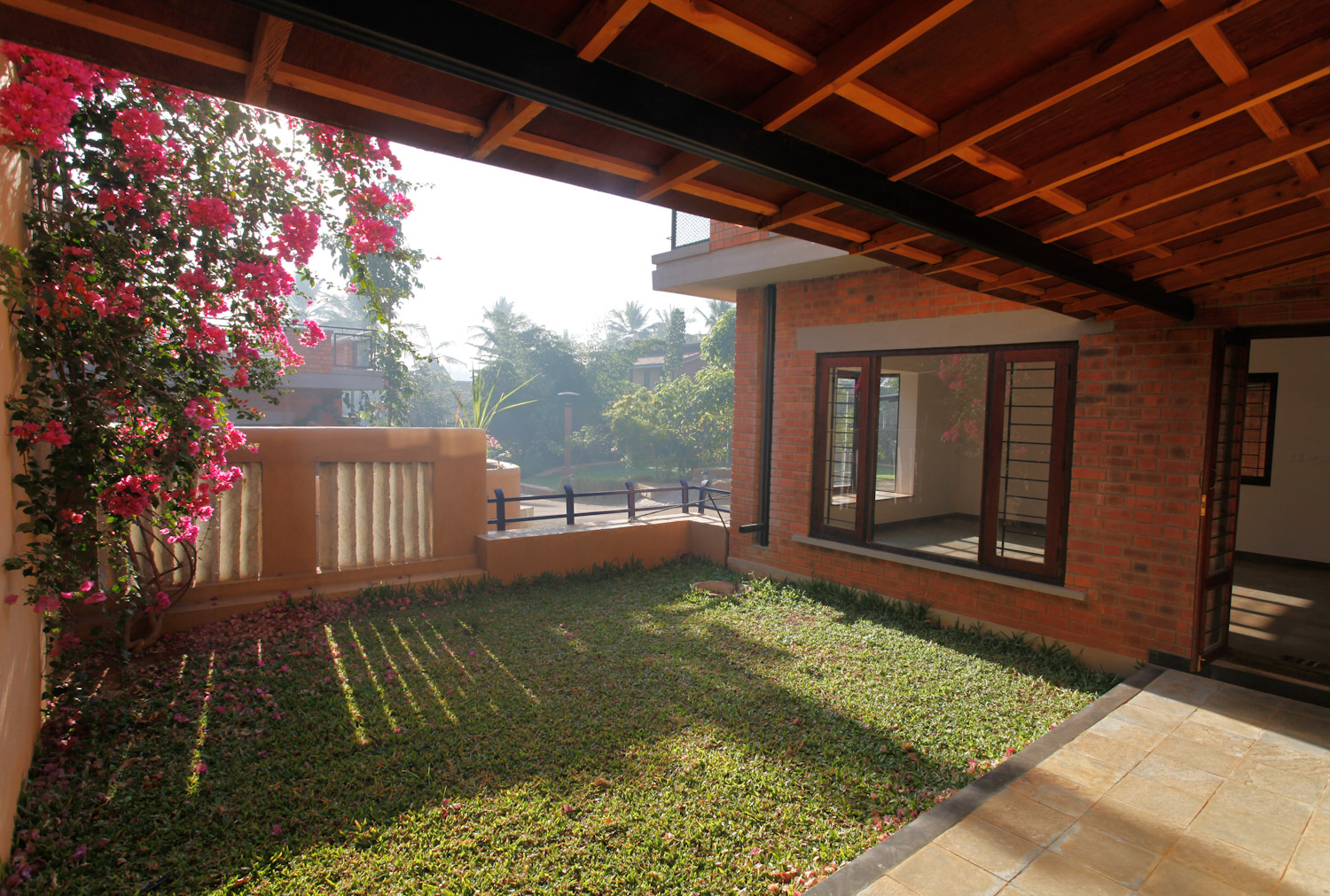
Bangalore is a treasure trove of climbers, the sheer variety and profusion present in every home never ceases to amaze. From Bougainvillea covering a car park and the heady fragrance of jasmine at the entryway of a home to ivy creeping over a stone wall, creating its own pattern over the masonry and the flowers of Thunbergia mysorensis making a festive statement as they hang down like toranas from a canopy. They are everywhere, springing out of paint cans and plastic bottles, from terracotta pots and ceramic urns, or sometimes tucked away in the corner of a garden.
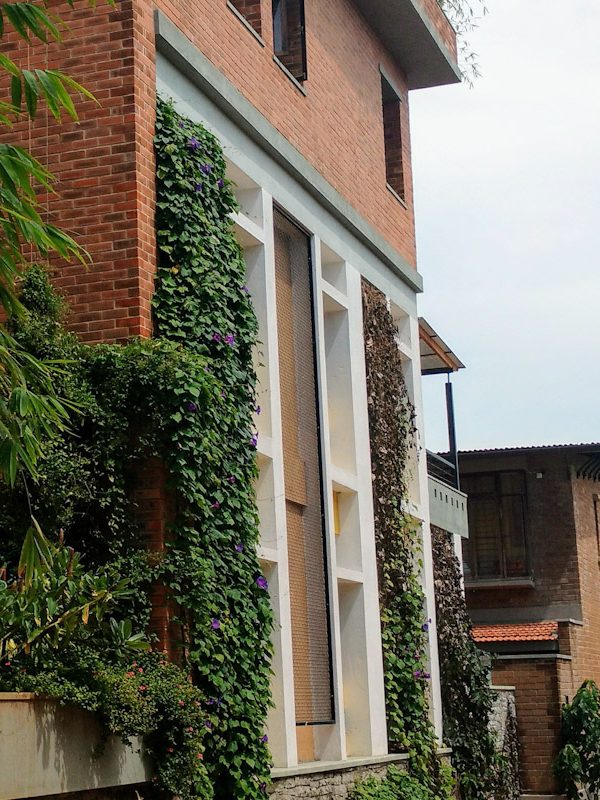
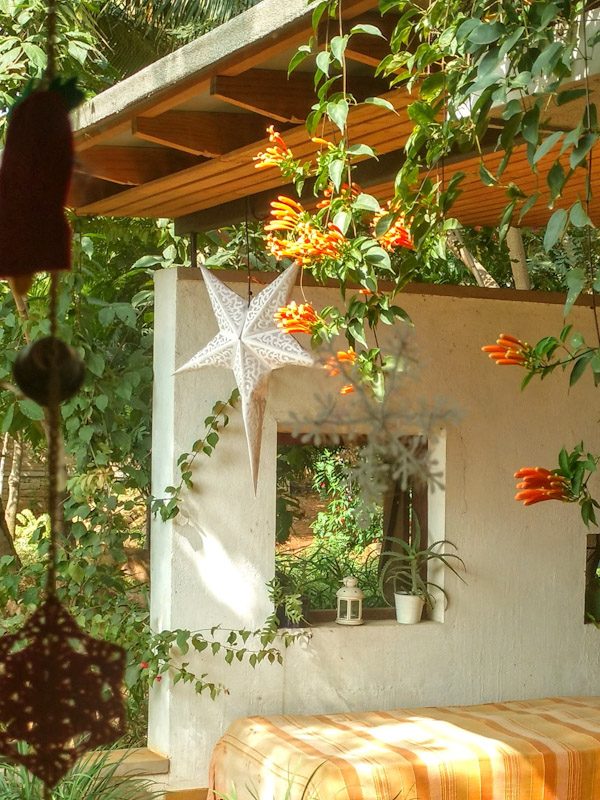
The temperate climate of Bangalore with plenty of sun and intermittent rain, is ideal to establish interesting landscapes which can become an integral part of the built environment. For instance, in the design of homes, the western walls need protection from heat, while they also bring in the breeze. Planting climbers to cover the western walls, significantly reduces the indoor heat, especially if one is able to plant it with a gap between the wall and the frames of the climber. This takes care of any waterproofing issues that may arise and also ventilates the space, keeping the inner wall cool. These days the idea of “vertical gardens” is gaining popularity, with components readily available in the market. While the vertical garden brings in its own character, it is still far simpler to train climbers vertically. The same idea of heat reduction can be used on roofs, where light structures like pergolas, covered with plants can be used to reduce the heat on the top most floor.
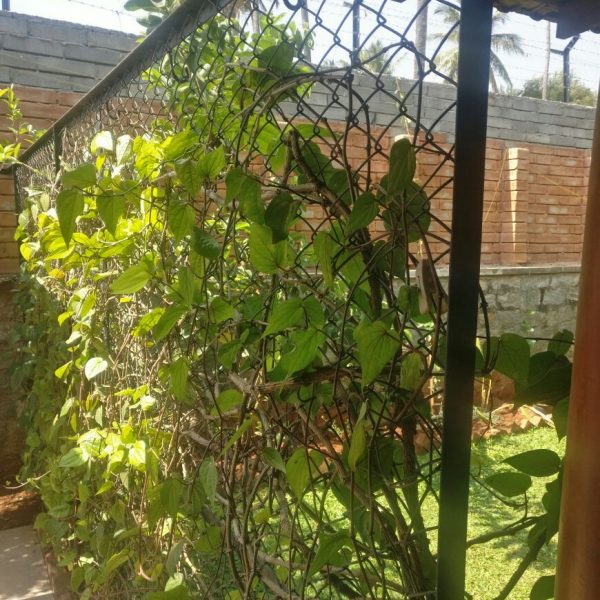
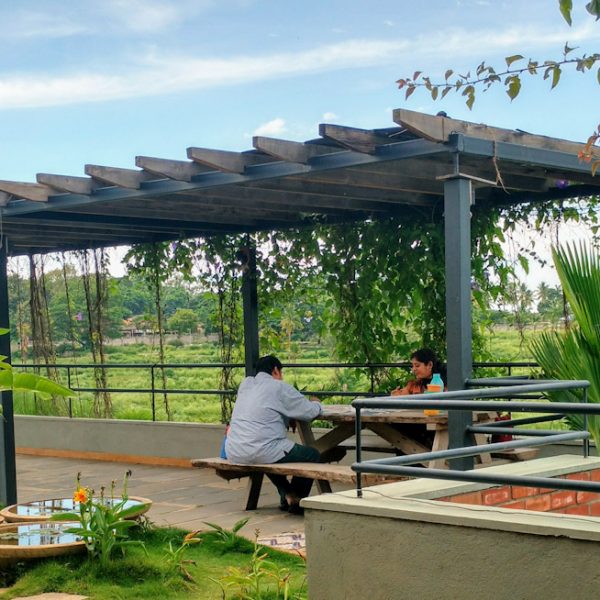
Spaces can be made to celebrate the change in seasons with climbers like the Pyrostegia venusta that flowers profusely towards the end of the year, to ring in Christmas. Or make a verandah fragrant with the Lonicera japonica or japanese honey suckle, which flowers profusely in winter and Jasminium grandiosa or jasmine could adorn another corner to bring in summer. The beautiful Passiflora brightens up the hot summer with its rich purple flowers and the rains see the dramatic blossoming of the glory lily or Gloriosa superba over a railing on a terrace or a trellis in the garden. Others like Ipomoea, Rangoon creeper and jaquemontia flower more than one time in a year, adding cheer and colour to any wall they grow on. Climbers if used well, can create a beautiful “elevation” to any home, unique and may also be changed from time to time, rather than fancy wall claddings and glass, that are not only expensive but not suitable to the climate either.
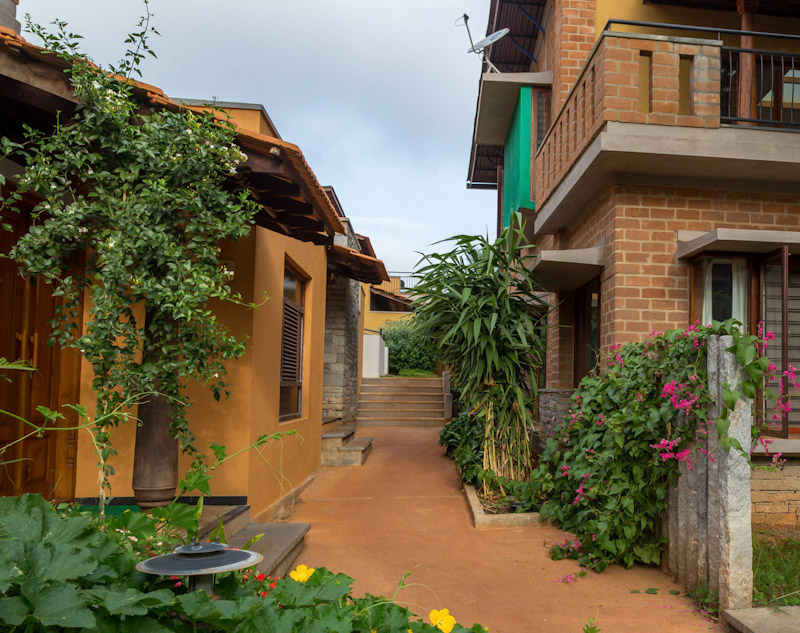
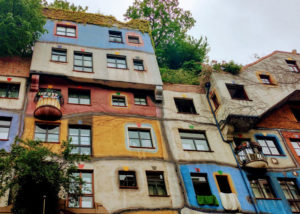

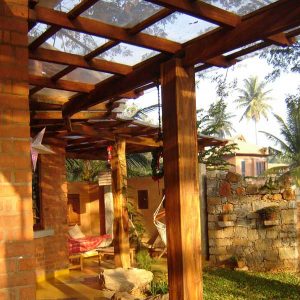
One of its kinds which is focusing only on ‘climbers’ and nothing else along with appropriate examples. Very informative!
Of course, what a magnificent blog and revealing posts, I will bookmark your site.All the Best!